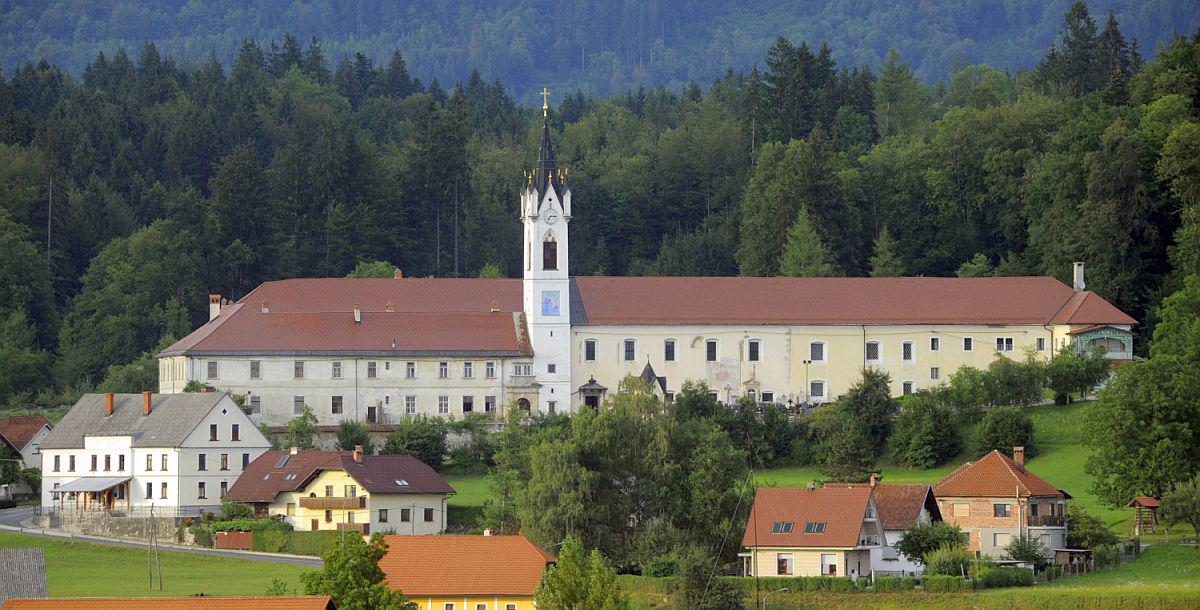
The town of Kamnik is best known for its medieval old town and for the mountains that surround it. But in the outskirts, visitors can also find a Gothic convent that has been the home of nuns for centuries.
The first building on the spot, in an area known as Mekinje, was built in the 12th century. According to legend, the Virgin Mary appeared among a flock of sheep, and the locals constructed a small chapel to mark her apparition. Soon, the chapel was joined by a convent for nuns, the gift from a local noble family, who had donated land and a part of their belongings – ranging from forests to dairy farms -- to the order of Poor Clares.
In the years that followed, the convent was rebuilt several times—often because it needed to be enlarged, but also because it was heavily damaged by the invading Ottoman Turks. Finally, an impressive Gothic building emerged. The ornate main altar was the work of the famous Kamnik workshops, while the convent’s chapel was covered in various coats-of-arms. The nuns, many of whom came from wealthy families, even had political power in the form of representatives sent to the regional assembly. Much of the nuns’ income came from wood harvested in their forests.
The glory days of the convent did not last, however. Joseph II, the Holy Roman Emperor and an advocate of Enlightenment-based reforms, disbanded the convent in the 18th century, and for a while the building was even used as a military barracks. It wasn’t until 1903 that nuns, this time belonging to the Ursuline order, returned to the building. They successfully ran a school for girls, but changes in the world’s political landscape soon intruded into their world as well.
After World War II, the convent was nationalized by the Communist authorities; it was used as a book depository for several decades. It wasn’t until Slovenia’s independence that it was returned to the nuns. However, fewer women then ever before were now choosing to become nuns, while the upkeep of the building had grown prohibitively expensive. Recently, the nuns donated their convent to the local municipality – ending a tradition that had lasted for centuries. The Gothic building, however, still reminds visitors of the nuns’ impressive legacy.


































































